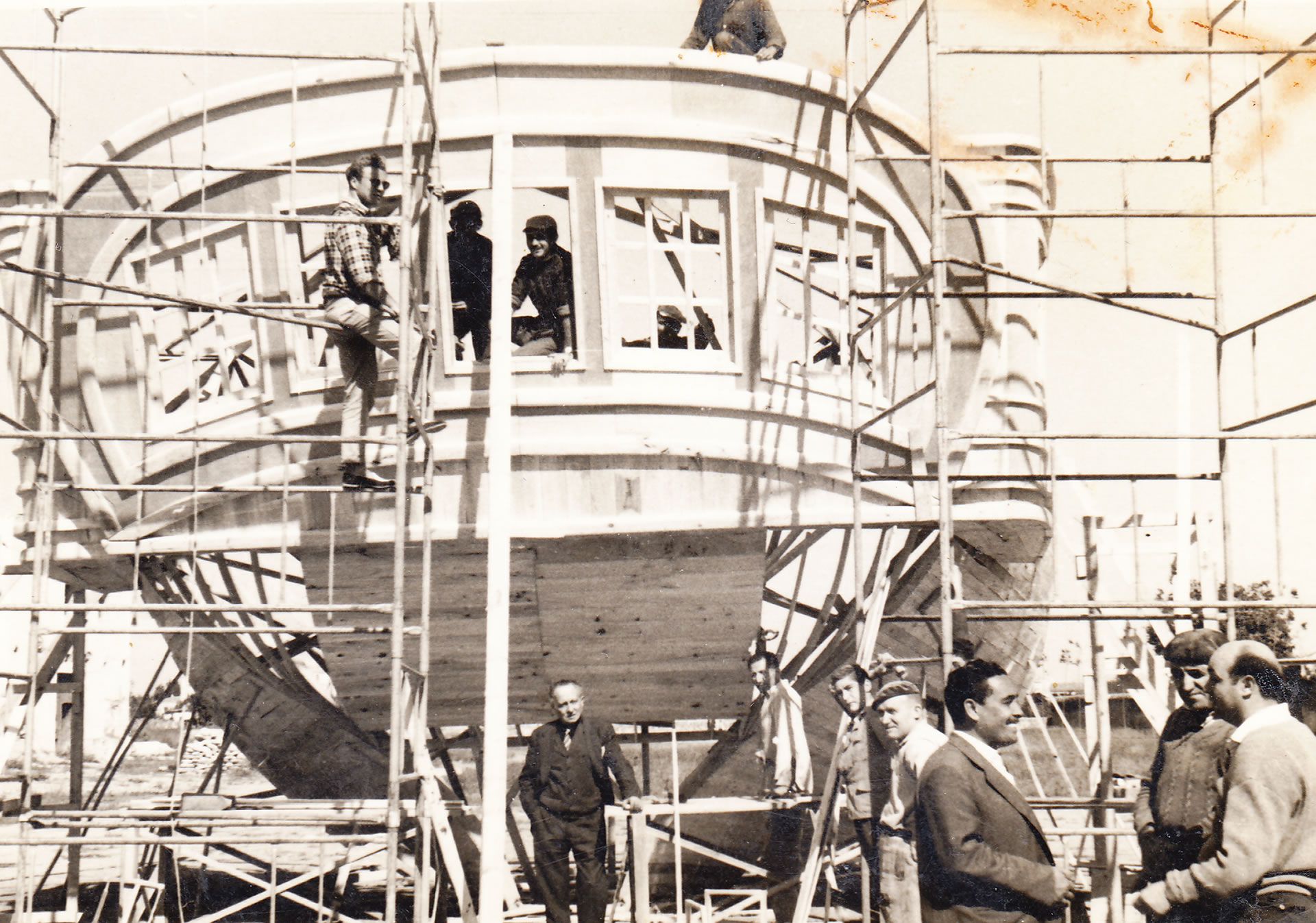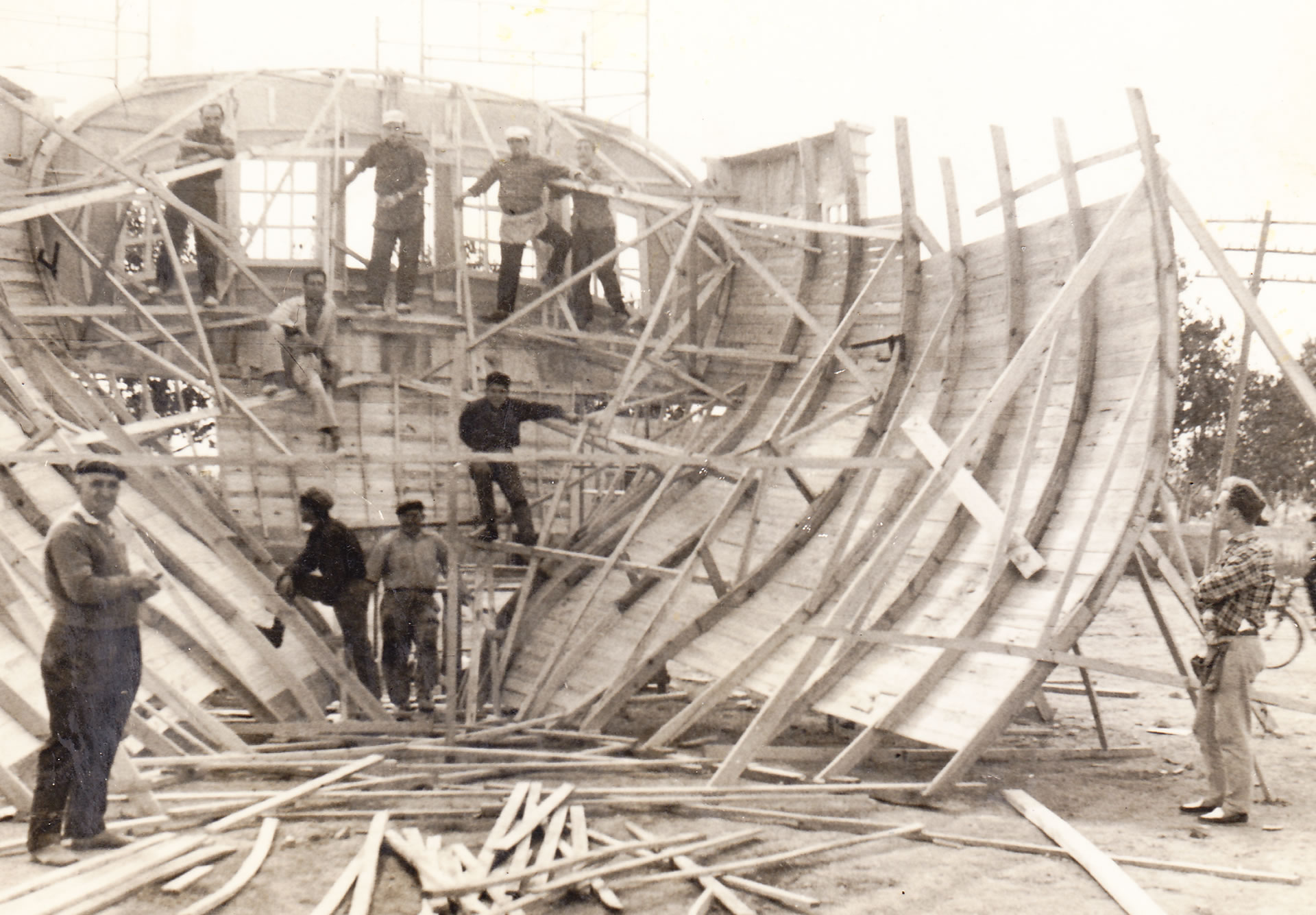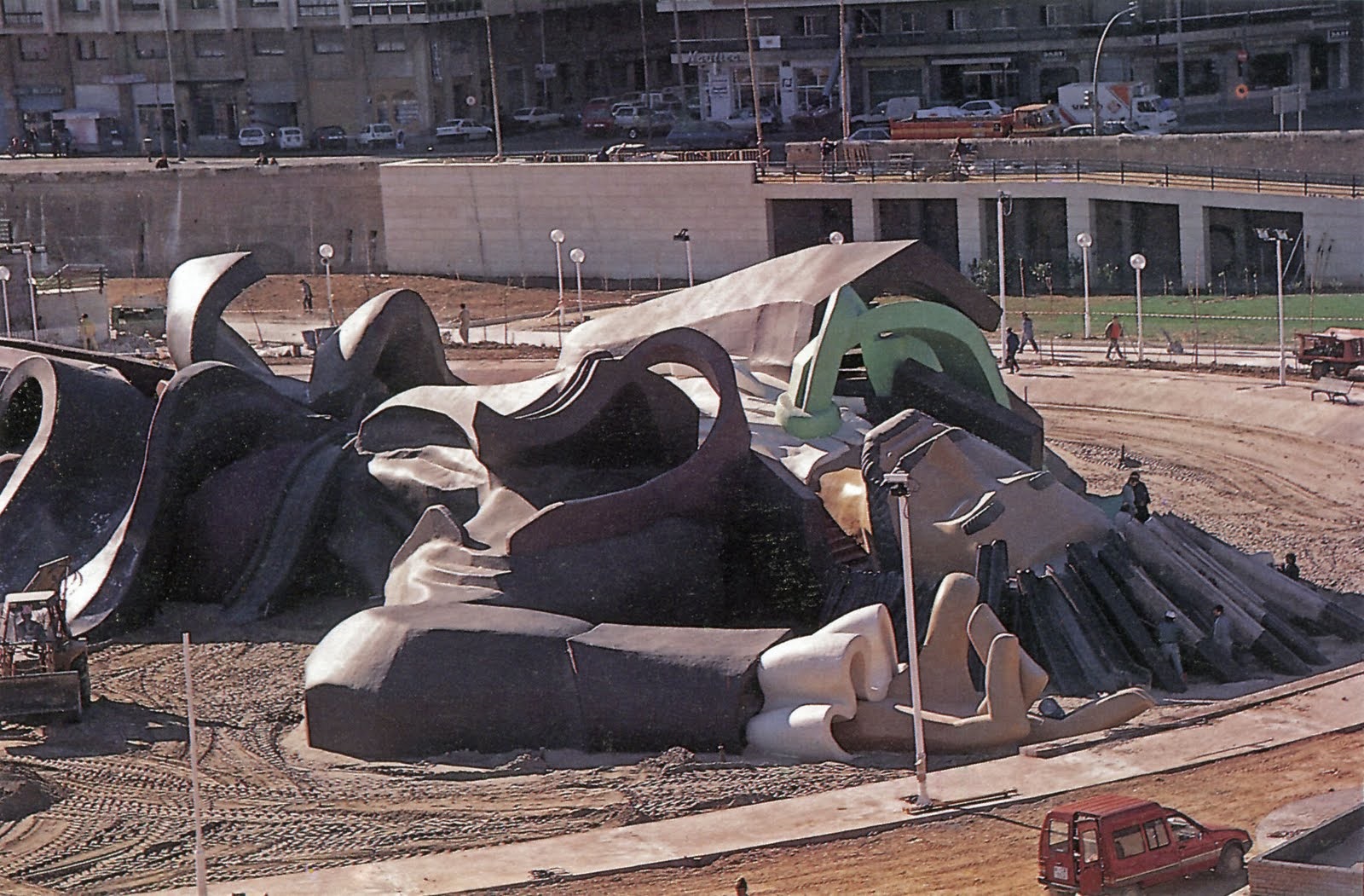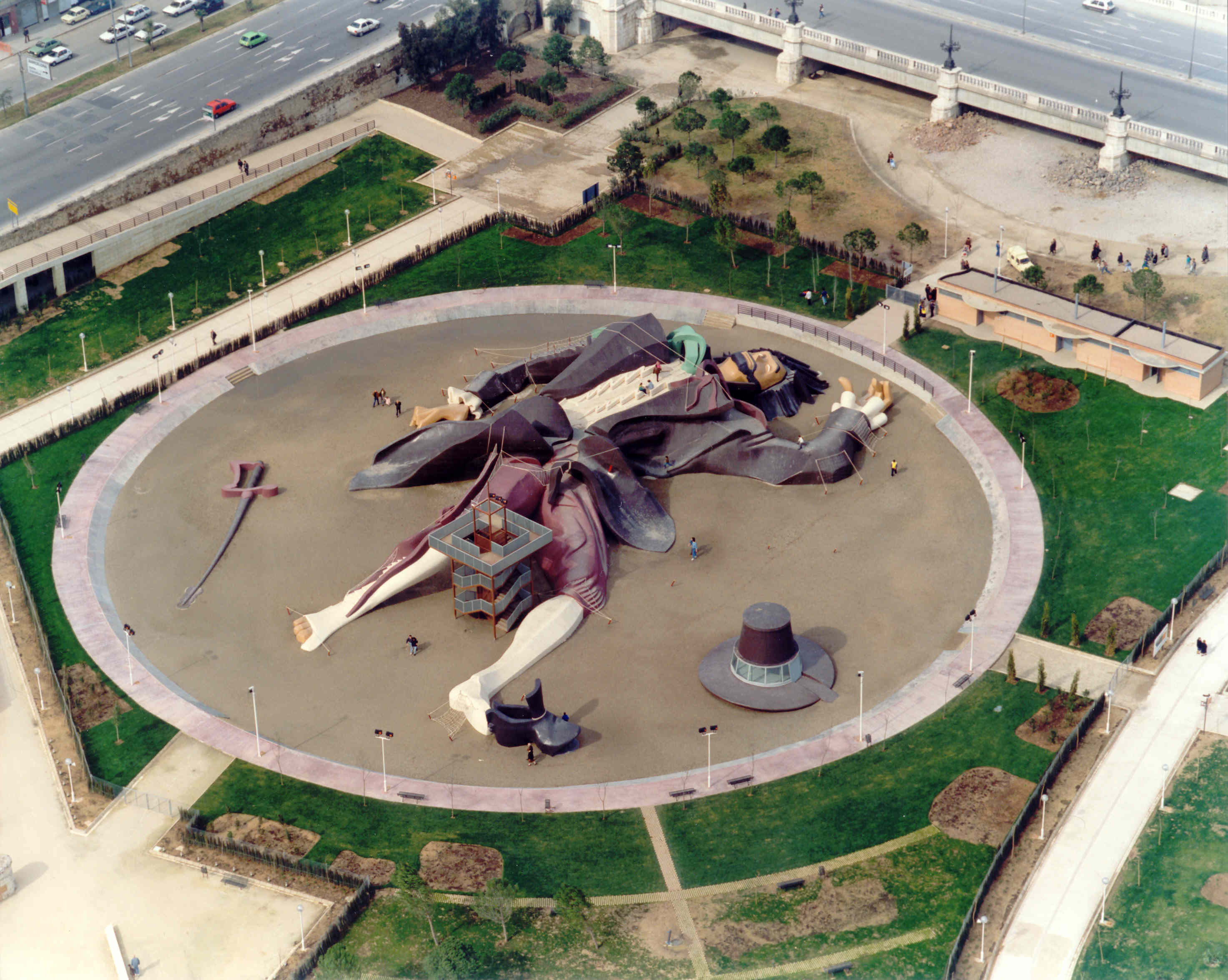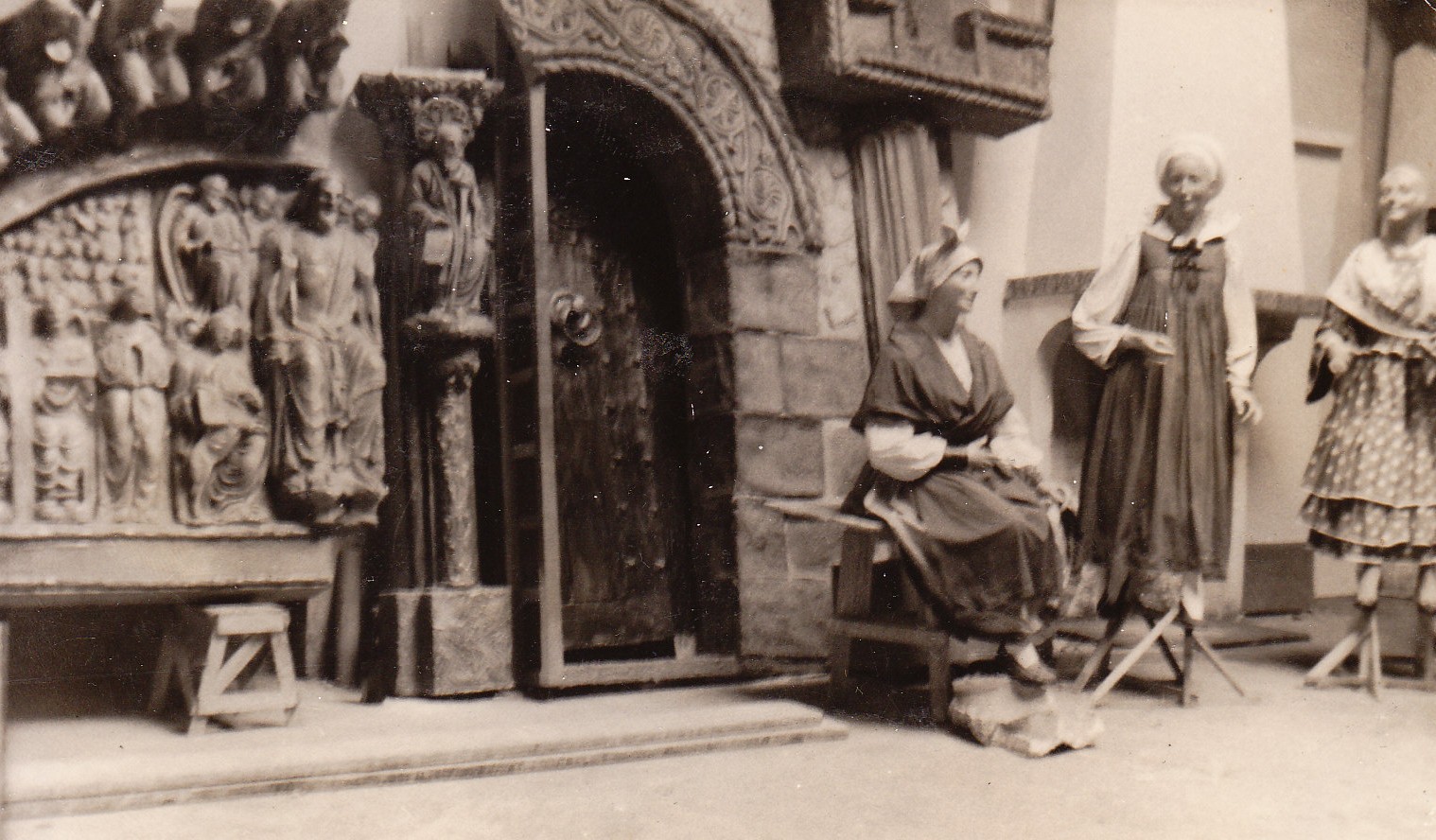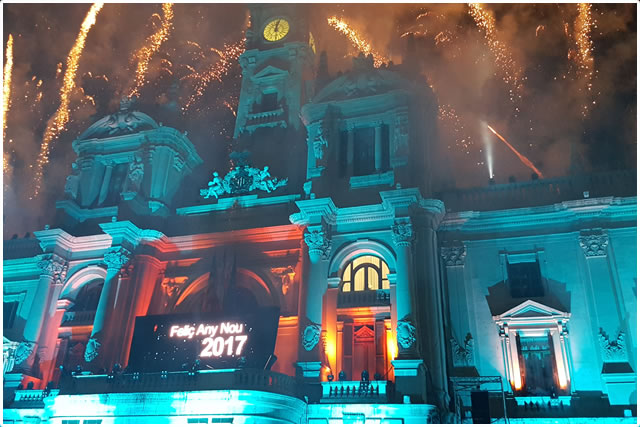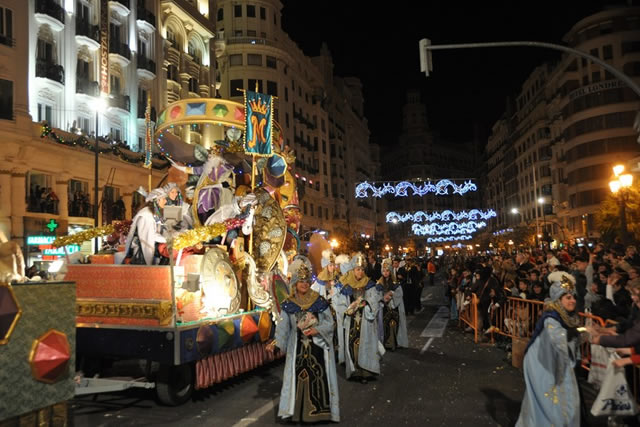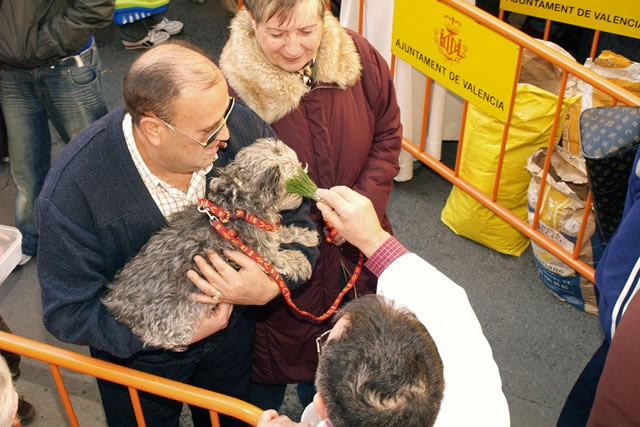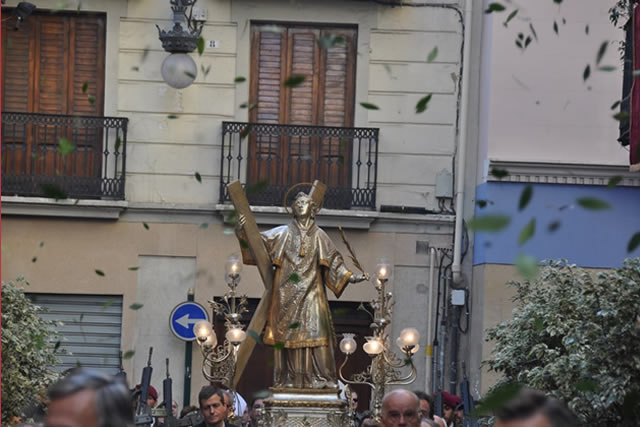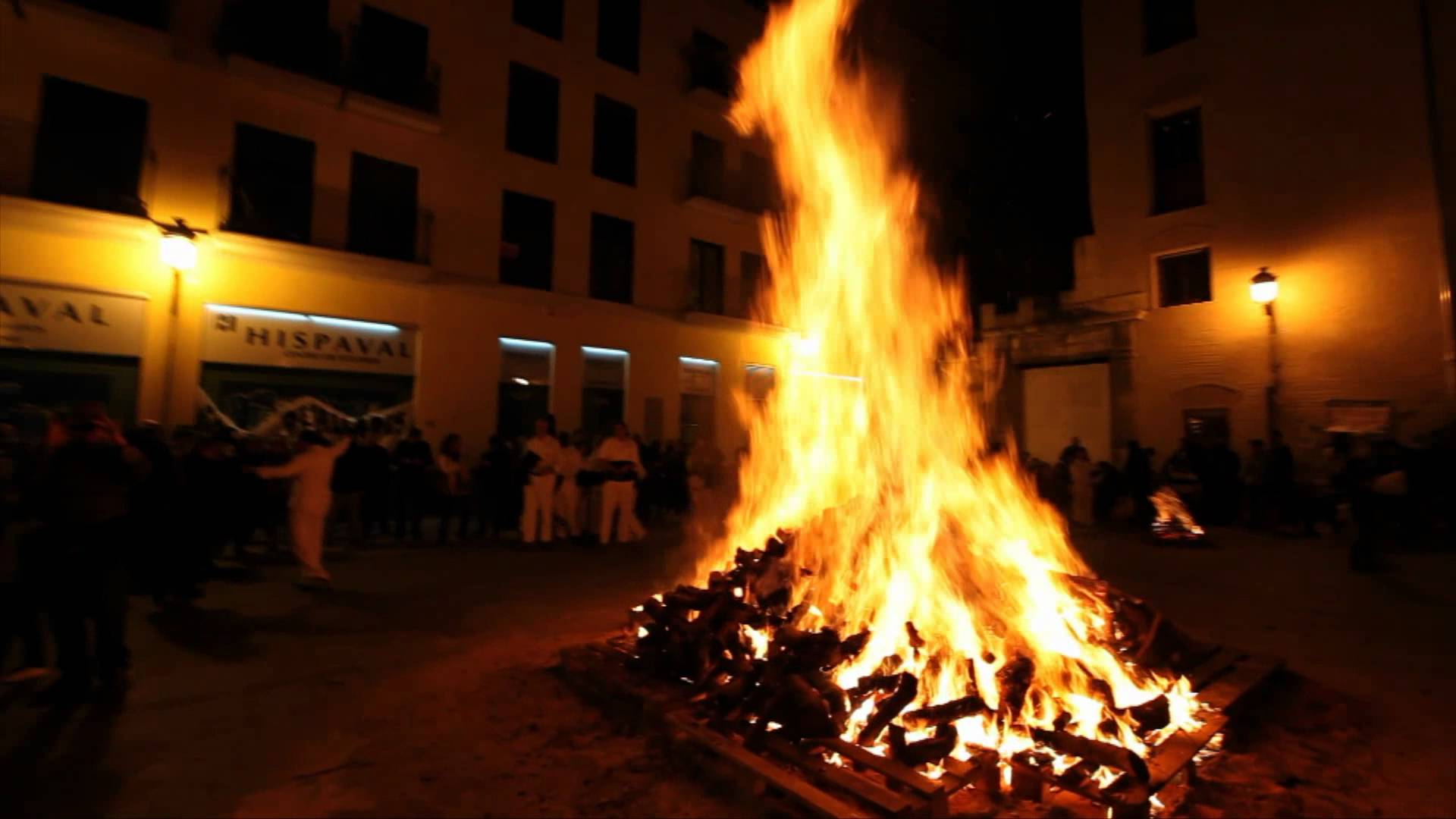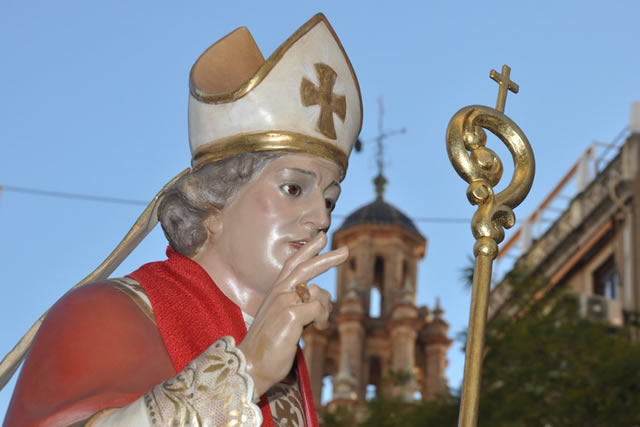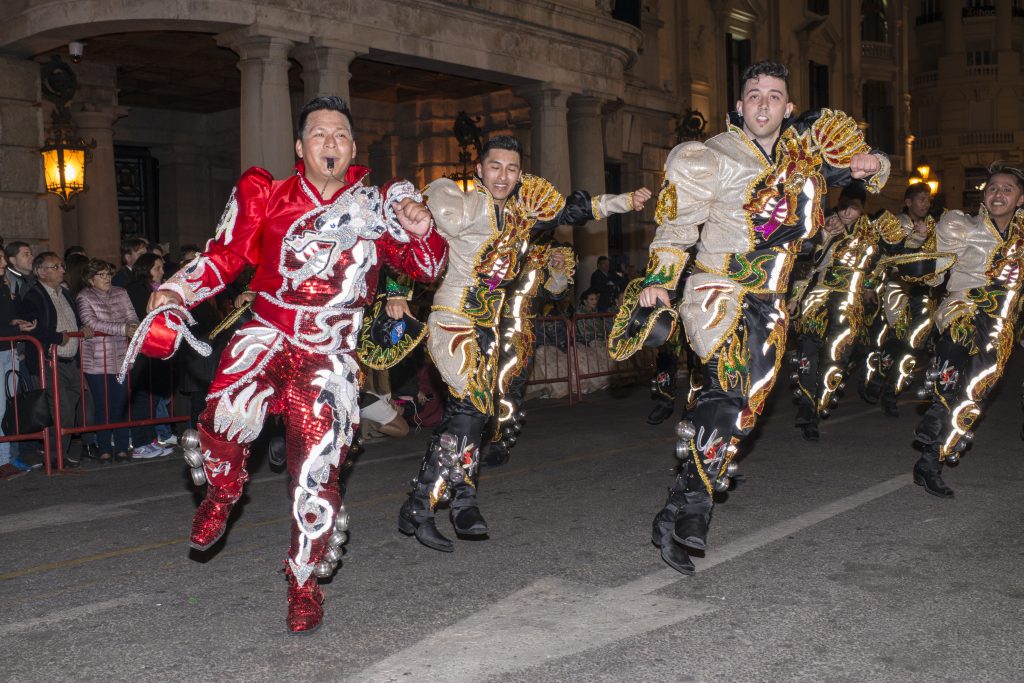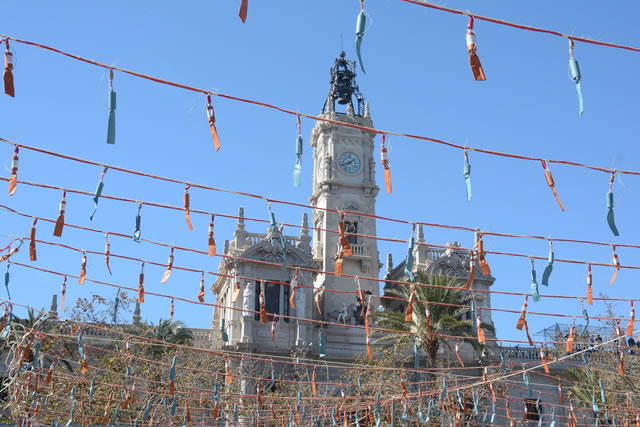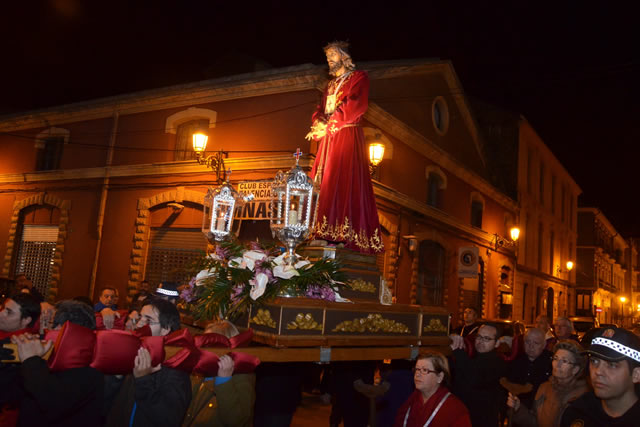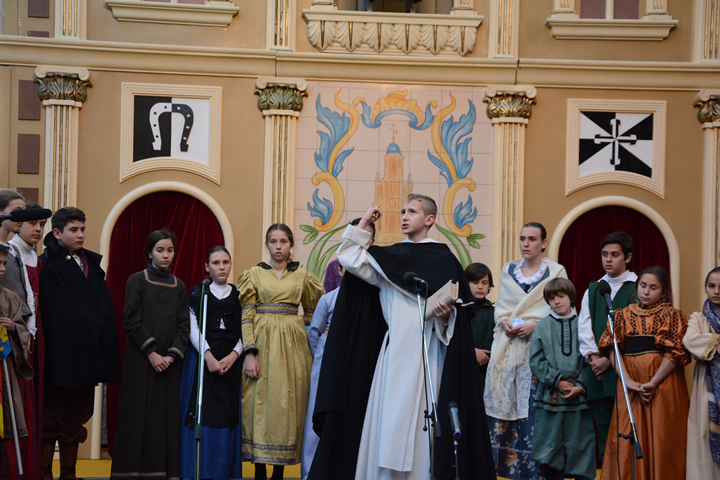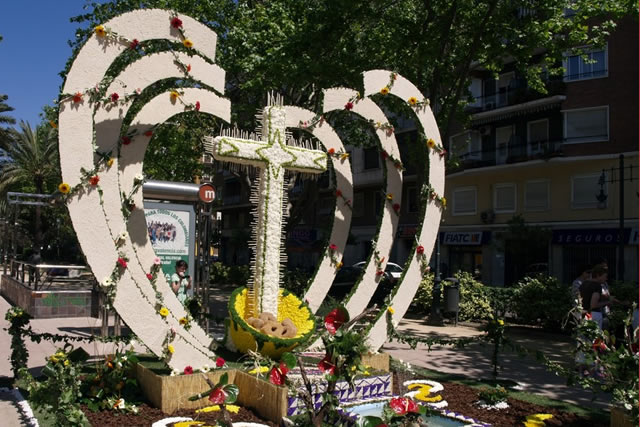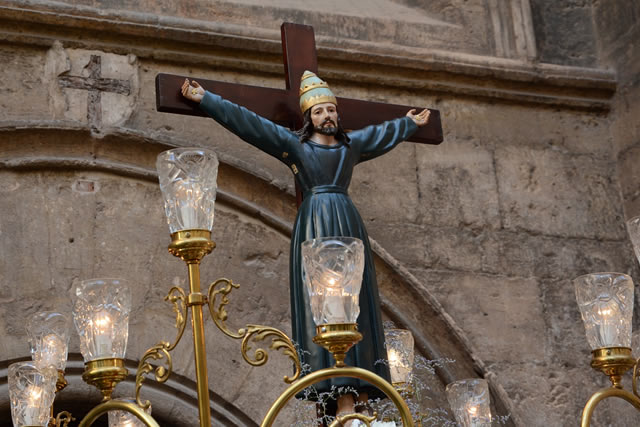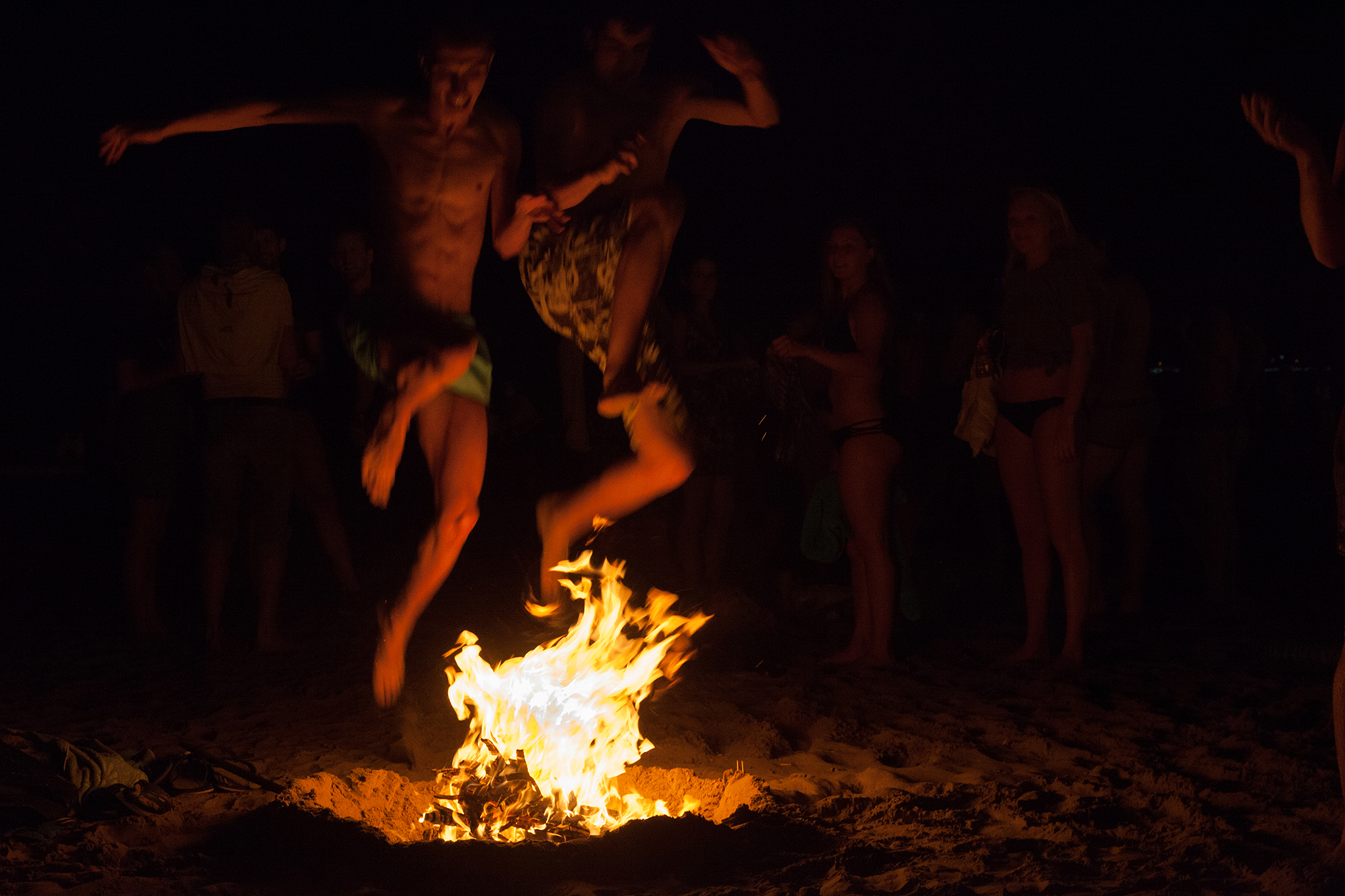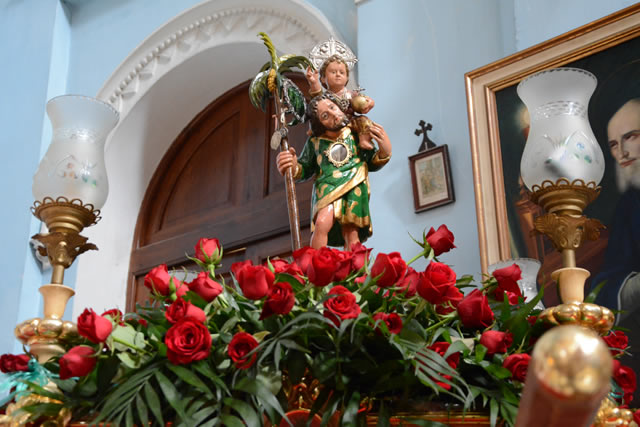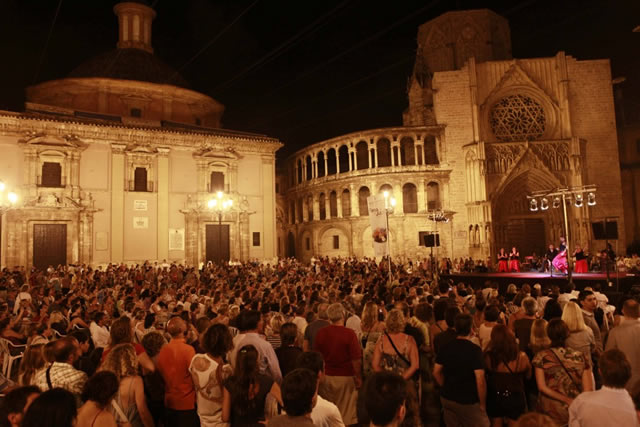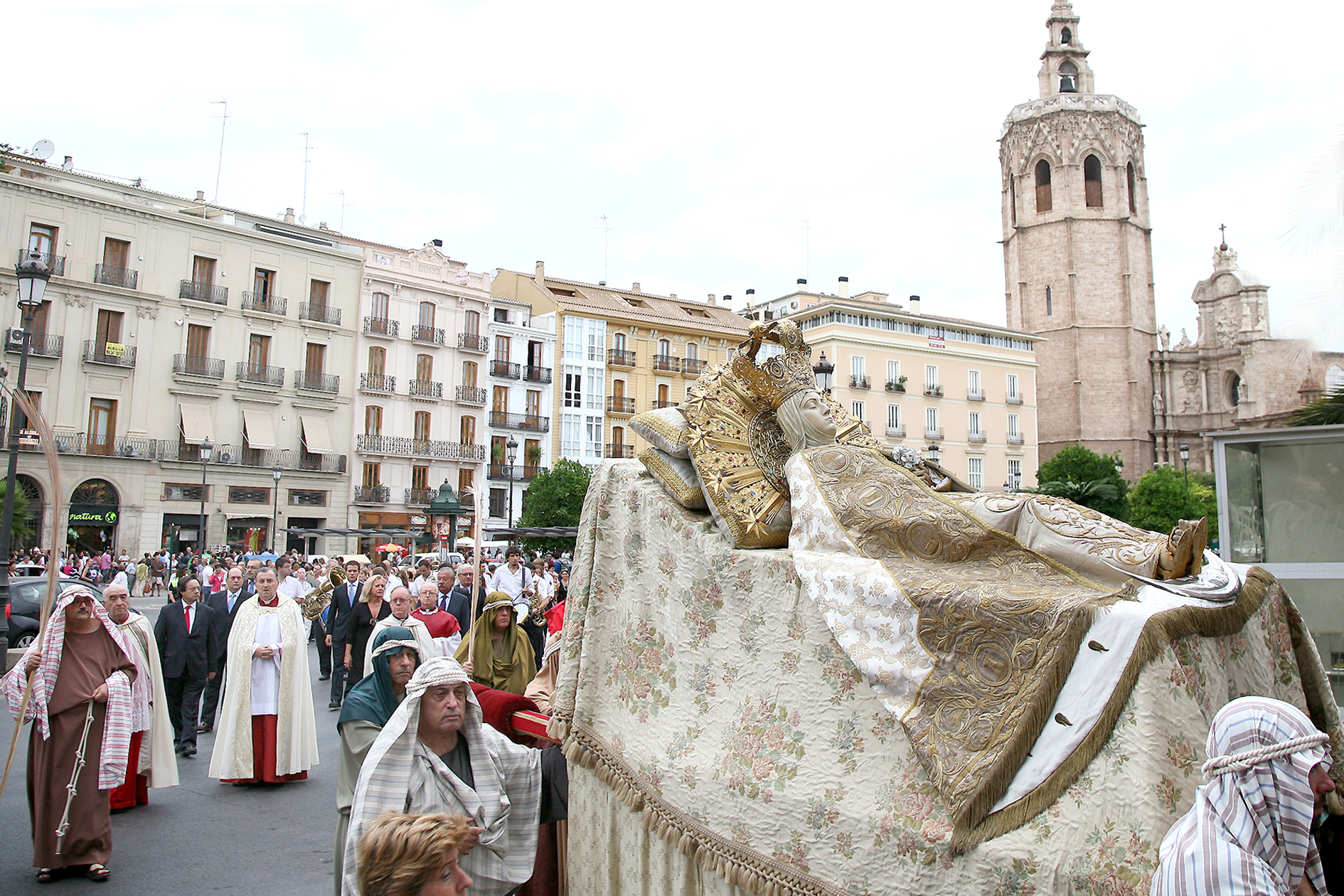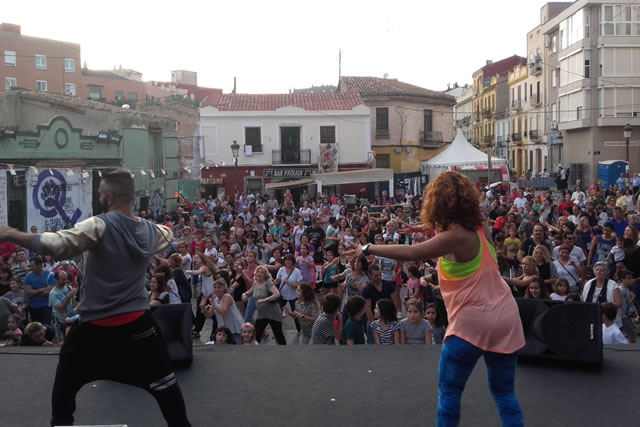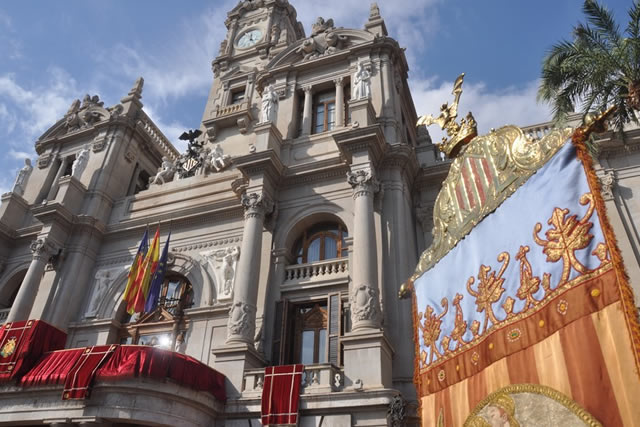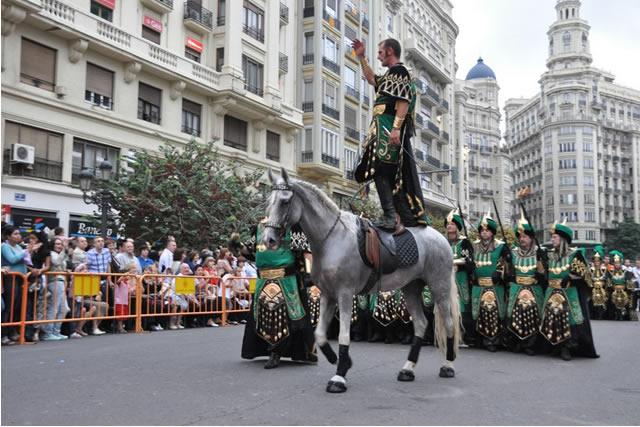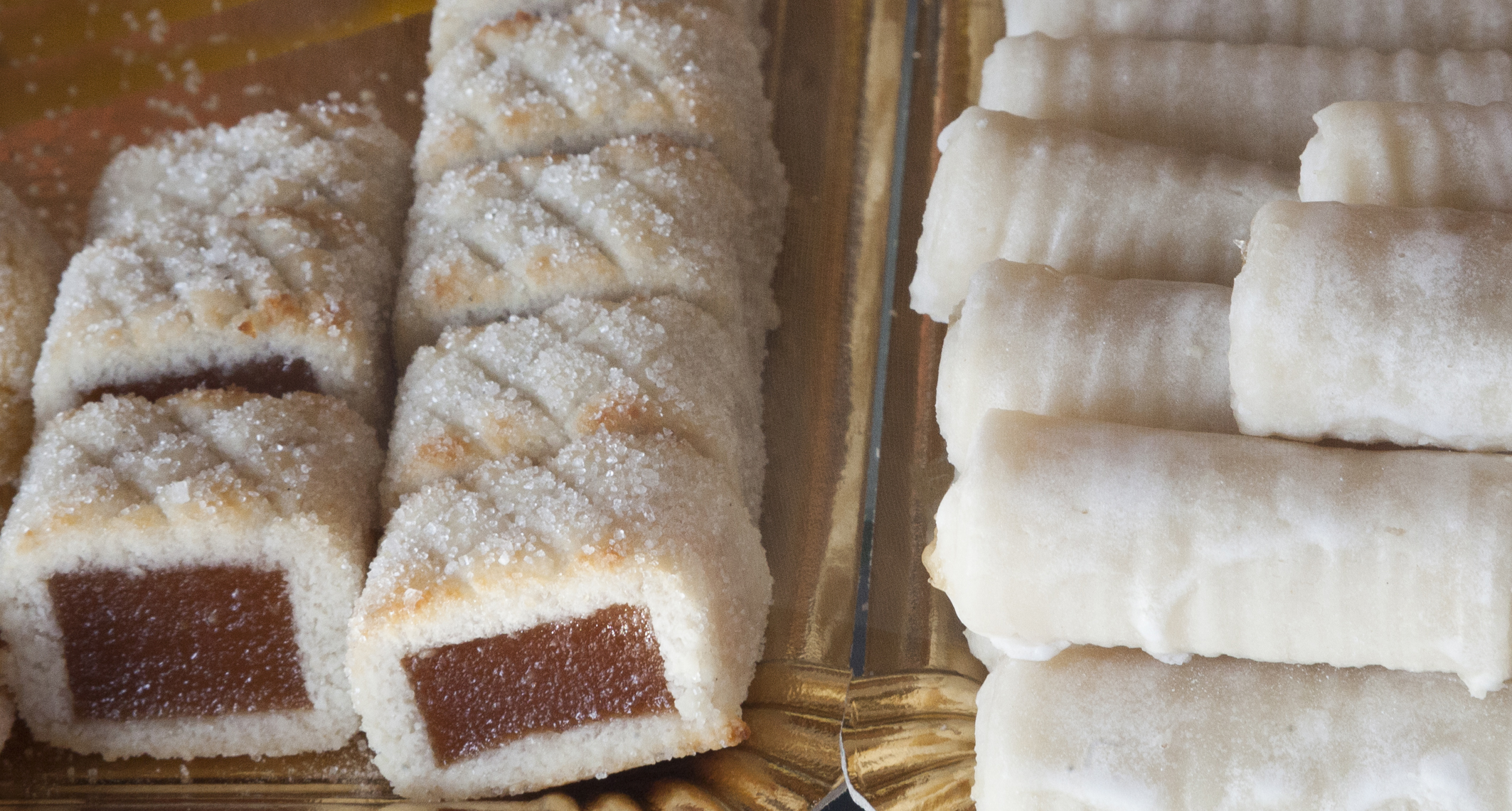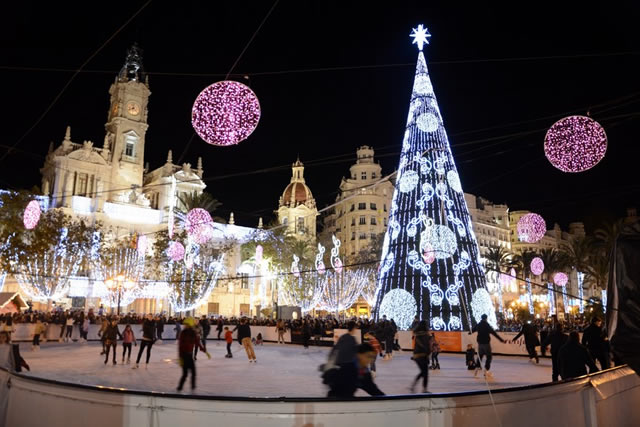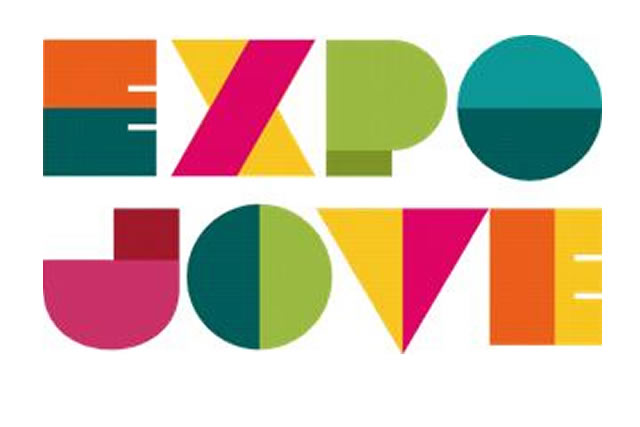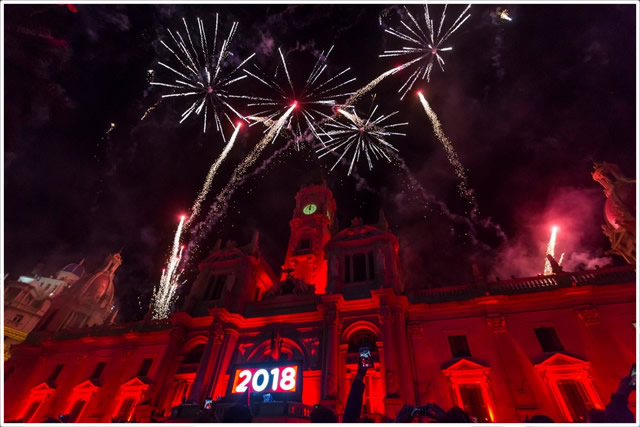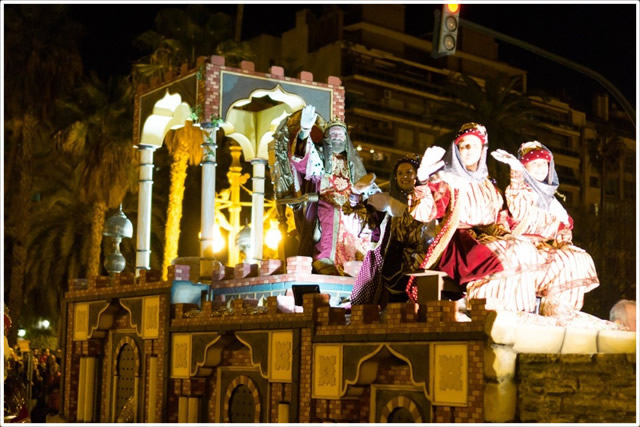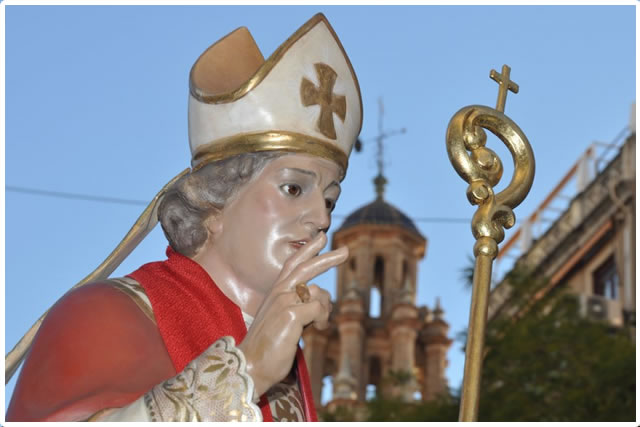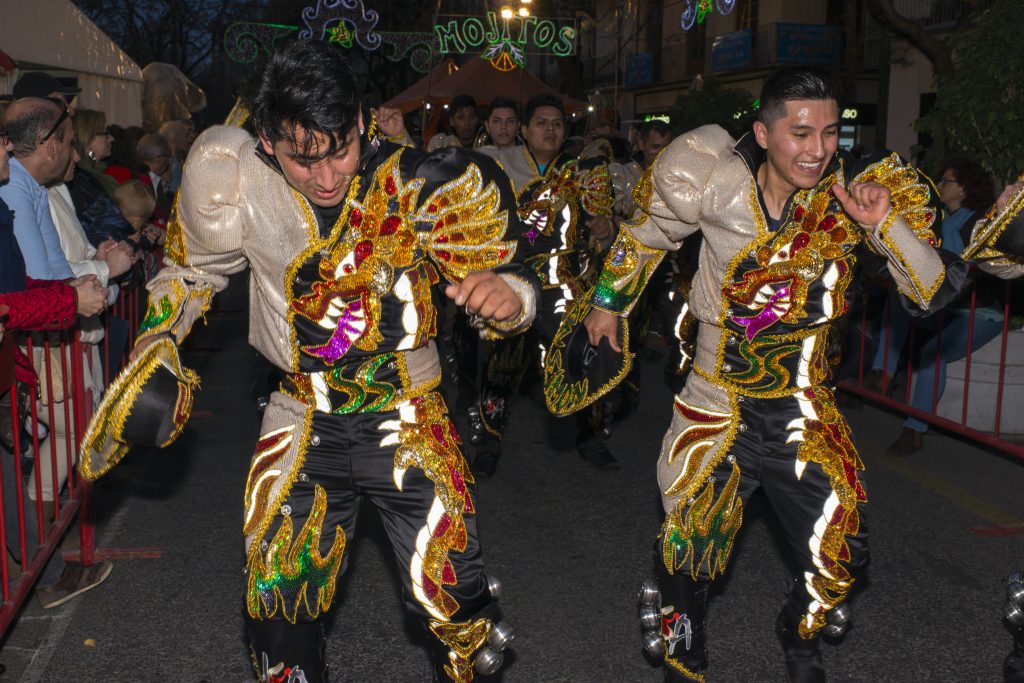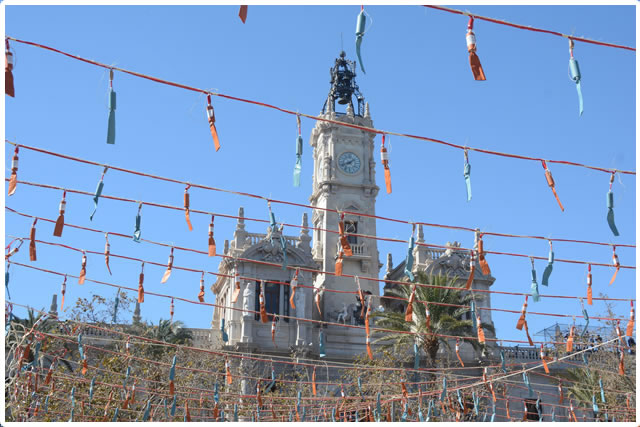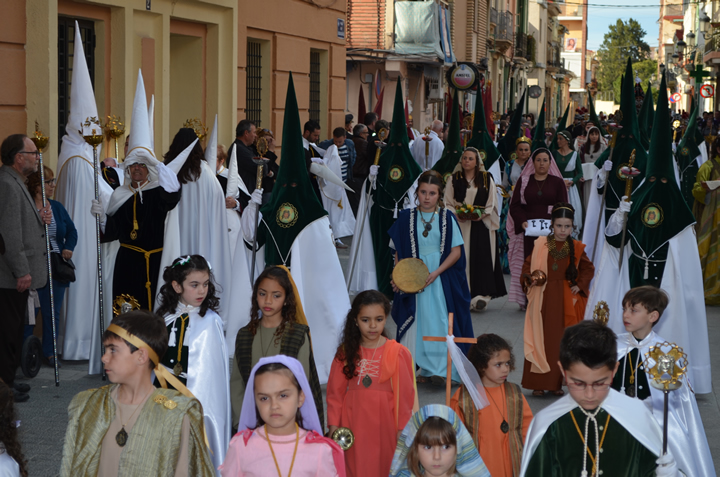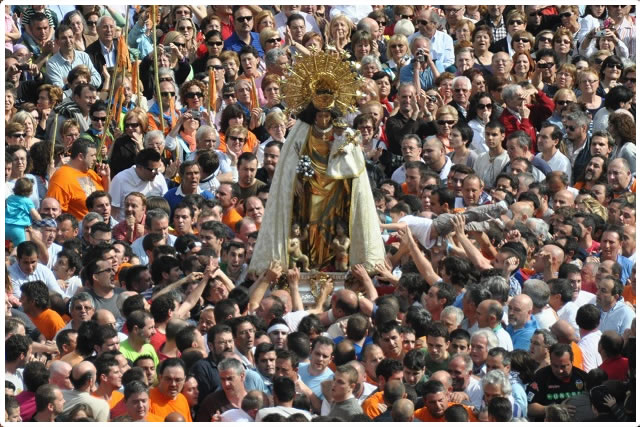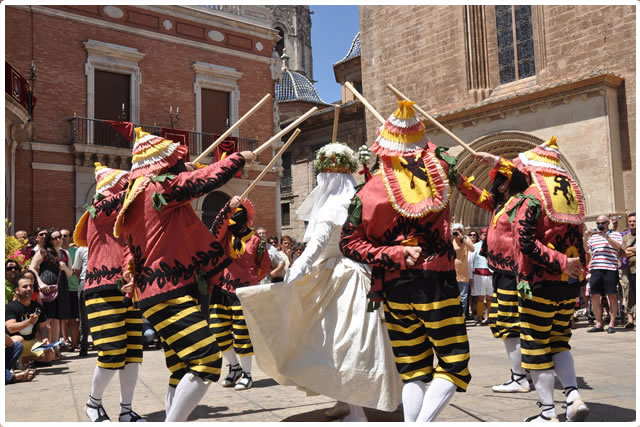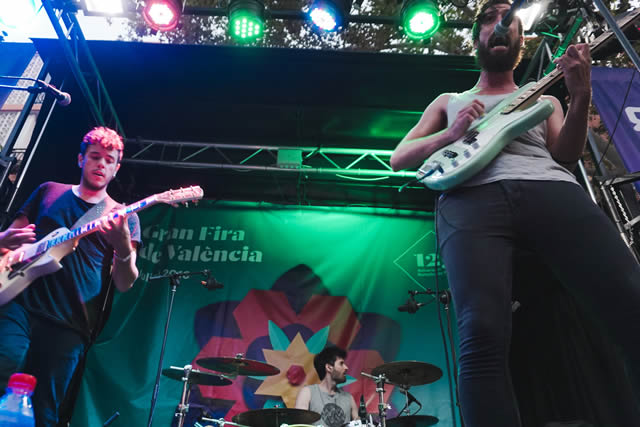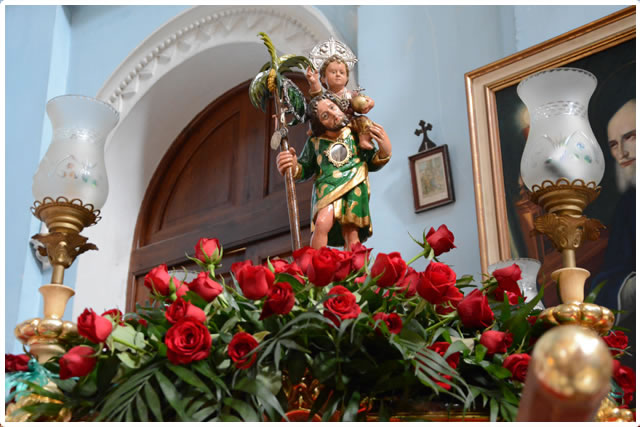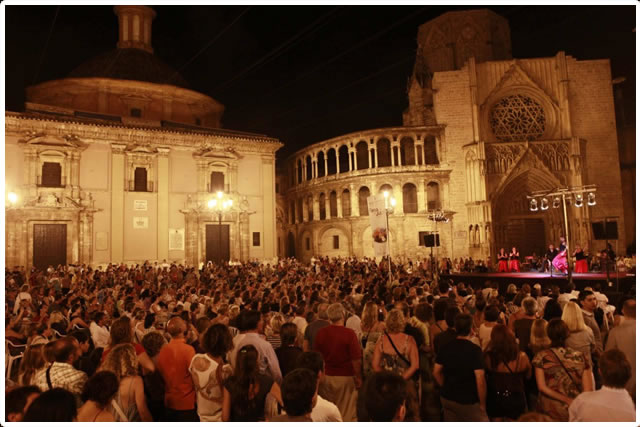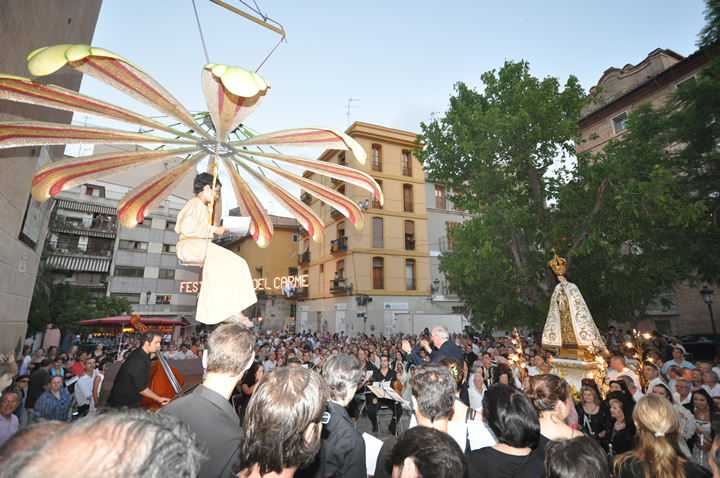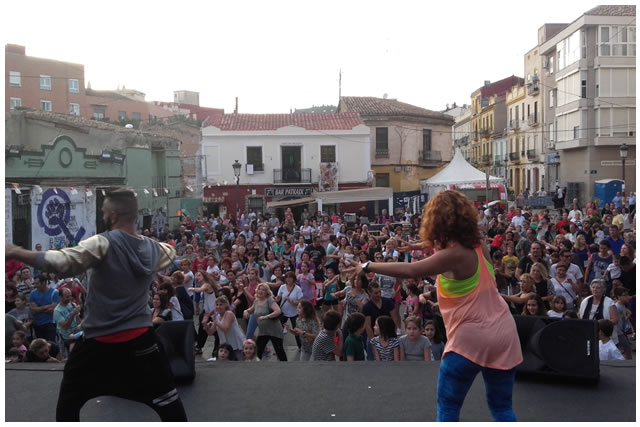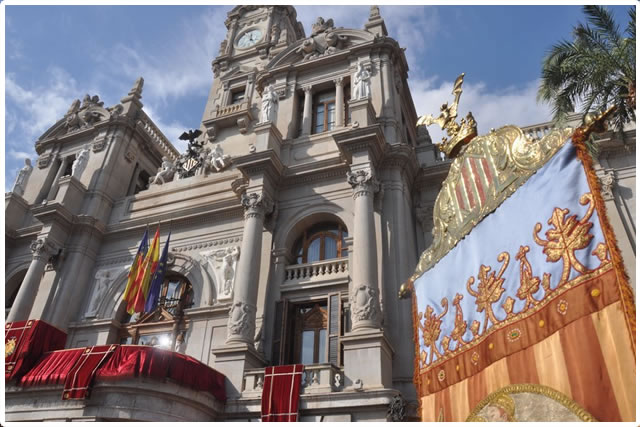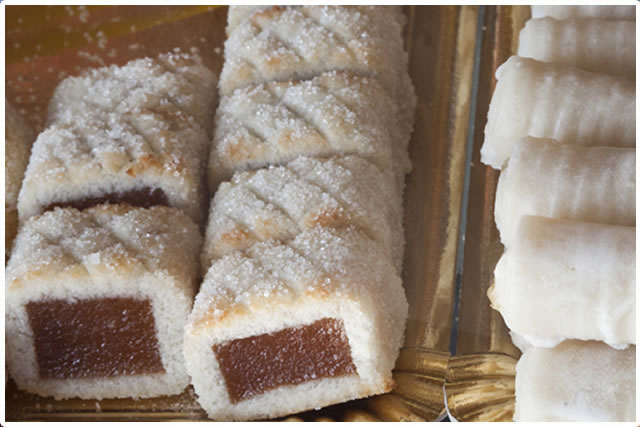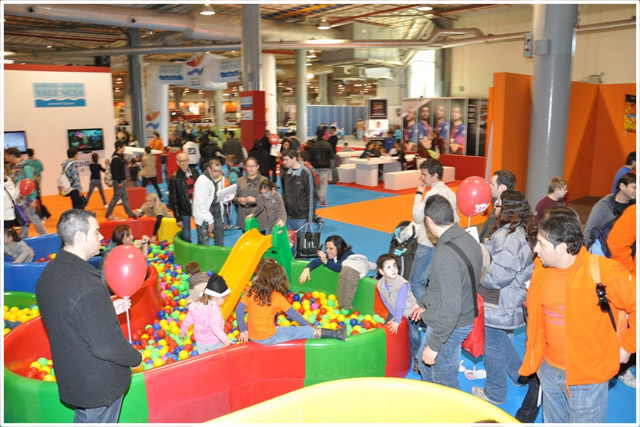WORKSHOPS BEYOND FALLAS (I). SET DESIGN, DECORATIONS AND SCULPTURES
There are other works complementing the activity of falla and float constructions in the workshops of the Ciutat de l’Artista Faller. These are mainly set decorations, the design of urban furniture (kiosks in Madrid), public sculptures, theme displays (parks and fairgrounds in Benidorm, Barcelona, Madrid, Paris, Ugata) and decoration in general. Also included are the creation of bonfire effigies for Alicante and other examples of popular art such as the building of giants and "fat-heads" (cabuts) for towns in Valencia celebrating these parades, or even in other provinces such as Tarragona or Burgos.
Contacts between Fallas artists with theatrical, cinematographic and, later on, television studios began as early as 1930 (Tadeu Villalba). But this collaboration, especially with the film world, took off dramatically when some of the big Hollywood blockbusters were shot in Spain, such as The Cid, Lawrence de Arabia, 55 Days at Peking, The 3 Worlds of Gulliver, The Fall of the Roman Empire, and Dr. Zhivago. This also happened with Spanish productions like Bienvenido Mr. Marshall, The Fabulous Journey to the Centre of the Earth and La Biblia en pasta, and with European films such as The Looters and some of the Spaghetti Westerns.
The skill of Valencian Fallas artists as masters of large volumes and ingenious assemblers of giant artistic structures was doubtlessly their passport for accomplishing such works. Francesc Prósper, Regino Mas, Ricardo Rubert, Salvador Debón, Vicent Luna, Joan Huerta and the Ferrer-Jorge brothers are examples of artists who were credited with sets for these significant films. Interestingly, the Ciutat de l’Artista Faller itself has also served as a film set for quite a few movies, TV series, programmes and documentaries.
On the other hand, one of the prime examples of public sculpture and the collaboration of Fallas artists with urban designs is the Gulliver Park in the Turia Riverbed Gardens, built in the workshop of Manolo Martín in collaboration with the cartoonist Sento Lobell, the architect Rafael Rivera and a team of Fallas artists (Lluís M. Canuto, Vicent Almela, Miguel Delegido, Rafael Ferrando, Manolo García, Agustín Villanueva and Ramon Espinosa).
From this same workshop, but then managed by his son, Manuel Martín Huguet, came another milestone in Valencia’s urban sculpture – the so-called Iberian Lady, designed by the renowned painter Manolo Valdés, taking inspiration from the legendary Iberian bust of Lady of Elx. Once again, the architect Rafael Rivera, in addition to Mateo Signes, collaborated in the actual assembly. Since November 2006, the Iberian Lady is located at the roundabout of the streets La Safor and Avenida de las Corts Valencianes, one of the major accesses to the city of Valencia.





